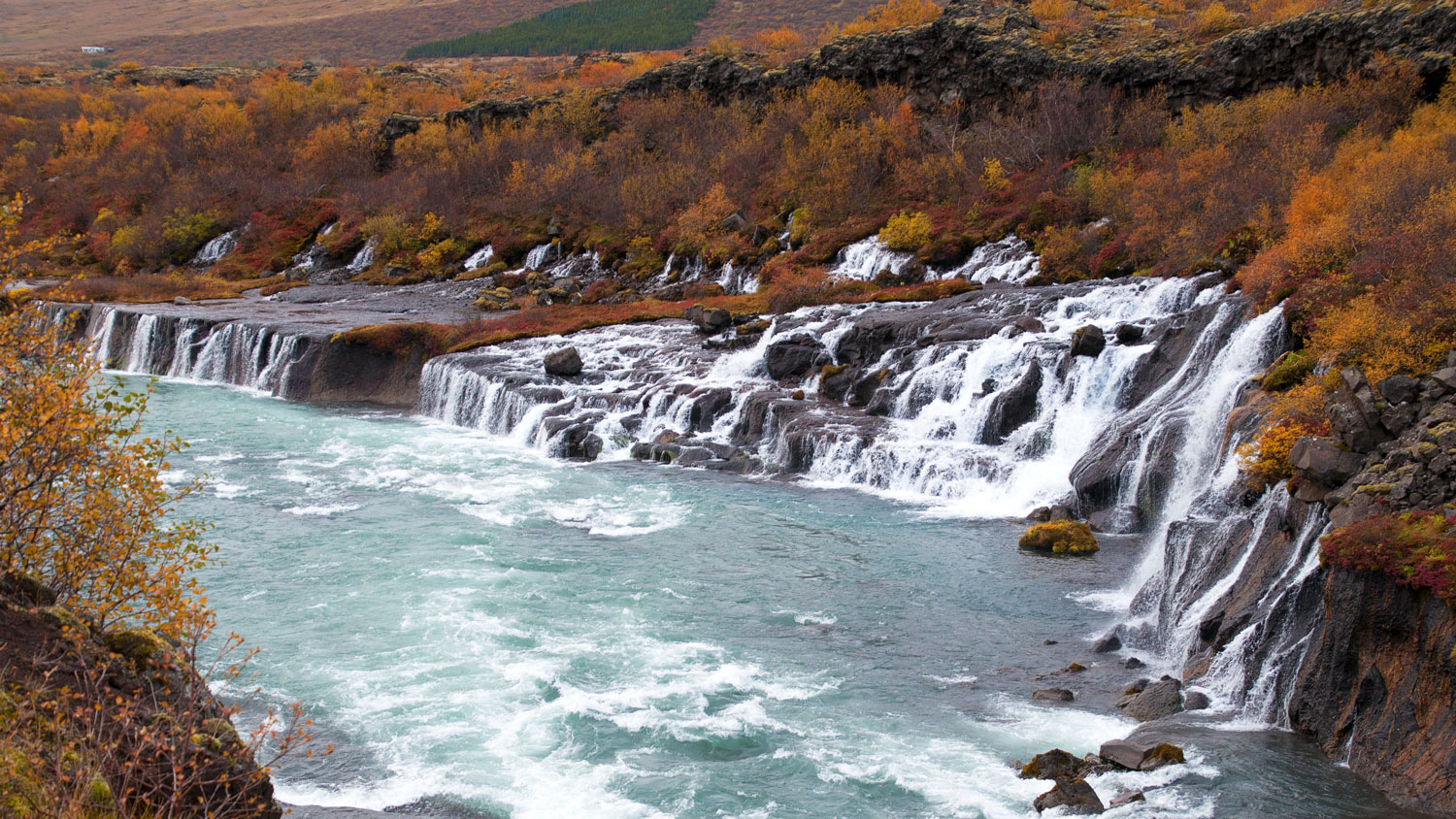Why Iceland? That’s the question I was asked most often when people found out we were planning this trip. Why Iceland? For me, I wanted to see the Northern Lights and it is arguably the best place to see them. While that alone is reason enough to get me to hop on a plane, the more I searched, the more I wanted to visit.
Iceland is a land of contrast and wide-open spaces. I’m a wide-open spaces kind of person. I like the beauty of nature and the cultural charm of small towns that seems to get lost as they grow into big cities. Iceland’s biggest city is Reykjavík, and it’s a charming town compared to the big cities in the USA. But even if you’re more the city type, you may still want to consider a visit to Iceland. You are sure to see sites that you can’t find anywhere else.
The Land of Fire and Ice
It may not surprise you that there is ice in Iceland. What may surprise you is that there are also many volcanoes, geothermal pools, and other geothermal activity all over the island, some of which even exist underneath the glaciers! It truly is the land of fire and ice.
While there are several glaciers on the island, one of the most beautiful places to view these massive frozen reservoirs is Breiðamerkurjökull where it feeds into Jökulsárlón, Iceland’s most famous glacial lagoon. Here you can view large chunks of ice drifting slowly through the glacier-blue waters toward the ocean or tour an ice cave and marvel at its crystal-like, aquamarine walls. If you look down at your feet, you’ll notice that you’re standing on black sand. That is what’s left of lava flows from the volcanoes lying beneath the ice caps.

The glacial lagoon isn’t the only place you’ll find black sand. In fact, one of the best places to see it is the black beaches near Vík, just outside of the Golden Circle. You’ll also have a chance to admire the basalt columns that formed there as well.
As water flows from the island’s glacial reservoirs, it creates streams and rivers that cascade down the many stone cliffs in breath-taking waterfalls. These aren’t little waterfalls, either. Some are enormous, such as Dettifoss, the most powerful waterfall in Europe, or Gullfoss, one of the most iconic and photographed in Iceland. It seems like there is a waterfall around every corner, and sometimes more than one!
Besides creating pretty waterfalls, Iceland’s water is known for being the cleanest, purest water in the world. The melting glacier water travels for decades through the porous lava rock, which acts as a perfect natural water filter. If you want to taste the best water in the world, don’t buy it in a bottle. Icelanders will tell you that buying bottled water in Iceland is foolish. Just get it from the tap. Better yet, get it out of one of their many, many streams. All of Iceland’s water is safe to drink.
On the days when the weather can’t decide between rain showers and sunshine, keep an eye out for a rainbow when the sun decides to peek out from behind the clouds. The abundance of water, whether it be from rain or mist from waterfalls, can create some of the most vibrant rainbows you have ever seen. Some of the brightest rainbows I have ever seen were in the Western Fjords. You’ll also see them appear in the mist rising up from the waterfalls, giving them an almost mythical flair that will make your photos all the more beautiful.

The People
If you want to make an Icelander smile, try to speak Icelandic. I’m not sure if the smile is because they’re proud of you for the attempt, or because they think it’s hilarious to hear you try (and most likely fail miserably) to speak their language. If it’s the latter, they probably wouldn’t tell you anyway because Icelanders are some of the nicest people you will ever meet. They are gracious hosts and, lucky for me, they also speak English. This is a tremendous asset to tourists. However, I do hope they never give up speaking their native language, it is a beautiful remnant of their proud Viking heritage.
Superstition is huge in Iceland. They have many stories about elves, trolls, and ghosts. While many Icelanders no longer believe in them, enough do that they will go out of their way when building a road just to leave an elf hill undisturbed. While looking for a home to buy, it’s also not surprising if the person selling the home happens to mention that it has a ghost. Don’t worry about seeing any trolls, at least not during the day. They can’t be out in the daylight or they’ll turn to stone like Reynisdrangar, found off-shore near Vík.
Until recently, as in 1960s recently, the people of Iceland lived in turf houses. You can still see the remains of some of these homes as you travel the Ring Road around the island. Now, more modern, well-kept homes dot the landscape, sitting atop the moss-covered countryside. Those living outside of the main city are usually raising sheep, Icelandic horses, or occasionally cattle (but mostly sheep). Many are also fishermen, with cod, and the oil made from it, being a staple. Did I mention there are sheep?
Overall, Icelanders are a happy-go-lucky people that are very friendly and willing to help you along your journey. I find this amazing considering that there are many more tourists visiting the island every year than actual residents. And yet, they still greet you with a warm smile and are more than happy to share their home with you. If you do visit, please give them the same courtesy and treat them and their home with kindness and respect. And please, stay off of the moss!
<


